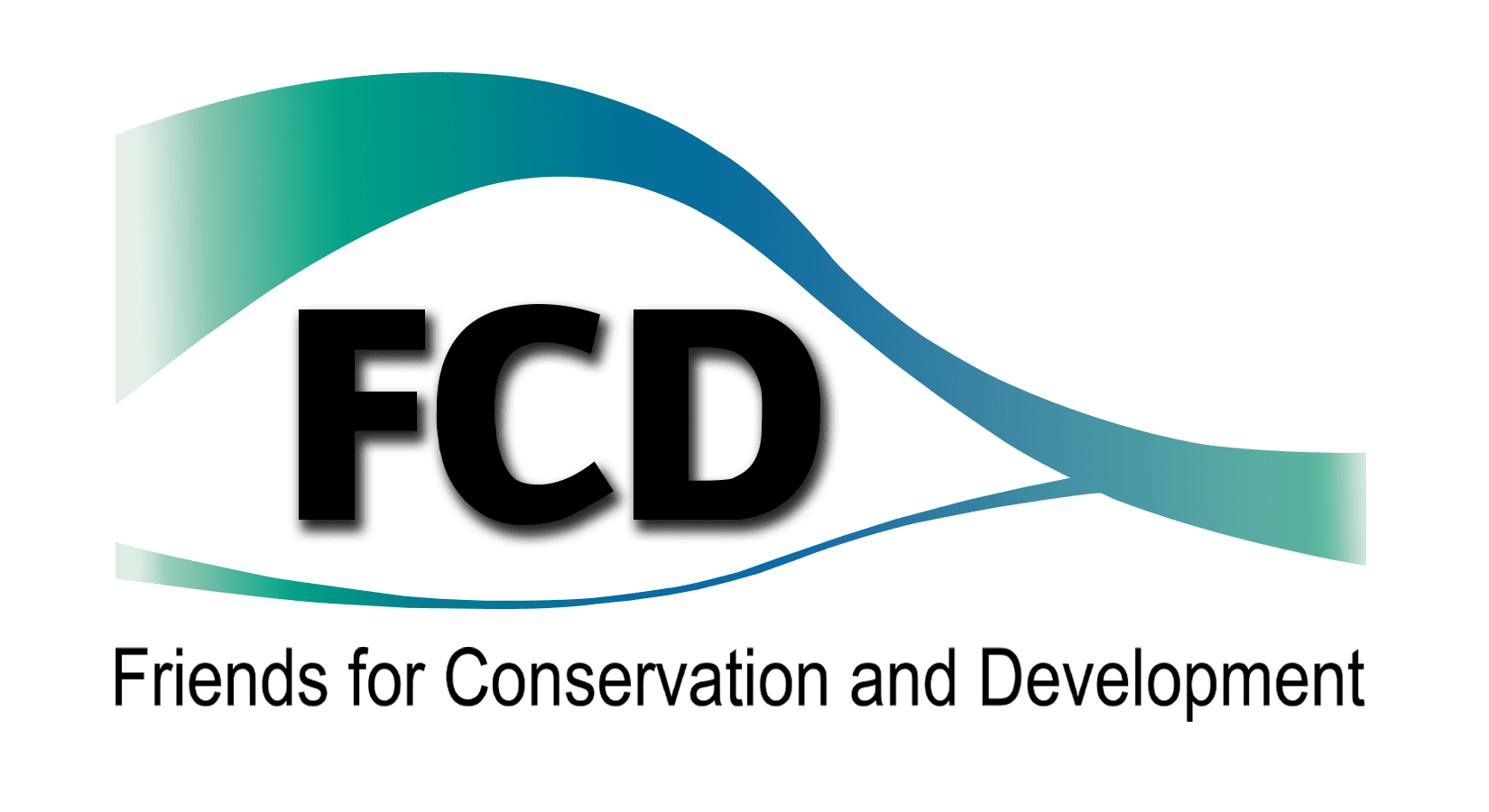INTRODUCTION
Agricultural encroachment for “milpa” farming (slash and burn agriculture) is the main cause of deforestation within the Chiquibul Forest. Slash and burn agriculture (is a shifting farming system in which cleared fields are cultivated for fewer years than fallow) supports the livelihood of many, usually poor populations in the tropics. This practice is also a major precursor of permanent monoculture agriculture and cattle ranching. Within the Chiquibul, the forest is cleared by poor peasants from nearby Guatemalan communities for planting mainly corn, beans, and pumpkin, but recent trends demonstrate that pastures for cattle ranching are being established. In some cases, marijuana is cultivated in new isolated, deforested patches or within existing milpa farms.
Satellite imagery shows that in adjacent Guatemala, forest cover is almost non-existent, despite it being a biosphere reserve; while in Belize’s Chiquibul the forest remains contiguous. The first deforestation patches in the Chiquibul were recorded around 1985 and this has continued to rise. Within the Chiquibul Forest there are no legally recognized permanent human settlements, but 11 Guatemalan communities are in close proximity to the Chiquibul Forest, some located less than 200 meters from the Belize-Guatemalan border (Map 1). In addition, over 60 other communities exert some level of pressure over the resources found in Belize. These communities are highly dependent on the natural resources and due to the high level of forest fragmentation in Guatemala, villagers have been illegally harvesting the resources found in the Chiquibul Forest for decades. Illegal activities include poaching, illegal wildlife trafficking, looting of Mayan ruins, illegal logging, xaté extraction, gold panning, cattle ranching and agricultural encroachments.
METHODS
Deforestation, in the Chiquibul Forest was analysed using 30-meter resolution Landsat8 satellite images from the following dates: 17th April 2016, 23rd February 2017, and 3rd March 2018. These dates coincide with the peak season for milpa farming and thus land clearing. Deforested patches were manually digitized and size calculated. The deforestation analysis was carried out at two levels:
- All deforested patches were digitized and analysed by year; and
- Only active milpa fields were digitized and analyzed by year.
This was done to understand the dynamics of deforestation in the study area.
